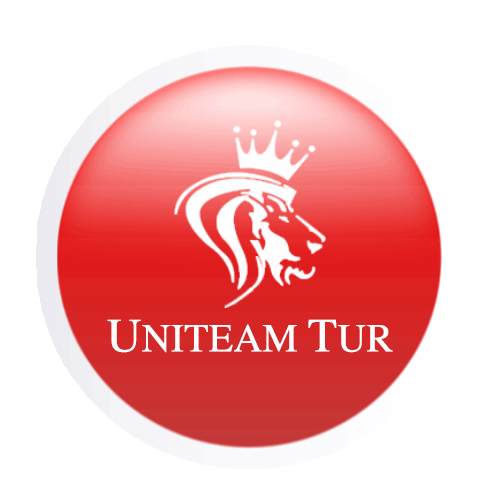

Konya
1. Culture Vultures
Konya was once the capital of Sultanate of Rum, known in Turkish as Anadolu Selçukluları, a situation which resulted in much of the architectural heritage visible today. The Iranian poet and Sufi thinker "mowlana" or Rumi also settled in the city during this period.
Despite rapid growth in recent years, and the arrival of many students from out of town in the Selçuk University (Selçuk Üniversitesi), founded in 1975, Konya still retains the air of an Anatolian provincial town. Even though the influx of tourists from the west has increased considerably visitors are still left in peace, and do not have to suffer the hassles they get in Istanbul. On the downside perhaps is the fact that fewer people speak English (or any other foreign language), but the natural hospitality of the people of Konya usually makes up for that. Be careful with taxi drivers, who sometimes have no scruples about ripping off visitors to their city.
Konya is also one of the most conservative cities in Turkey with more women covering their heads with headscarves (though visitors will notice that the number of women covering is perhaps slightly above 50%). Dress modestly if you want to fit in with the local population, although not many people will bat an eye lid if you choose not to.
The city lies on a totally flat ground, with the sole exception of a small hill called Alaattin Tepesi in the very centre of the city—which is actually a man-made hill, erected during the Seljuk period so noble residents could easily watch the city below from their palace. Almost nothing remained of the palace and the hill now serves as the central park, which is a quite pleasant and shady one.
2. Sema
Sema (Whirling dervish ceremony)
Mevlana Cultural Centre (around 20 minutes walk from the Mevlana Museum, down the same road, away from the centre. The building is on the right side — a big, modern white building with a pyramide roof). Highly recommended! A free sema (whirling dervish ceremony) is held at the Mevlana Cultural Centre every Saturday at 7PM taking one and a half hours. The hall is very big so there will probably be free seats but it is recommended to arrive a bit earlier to allow time for luggage screening and a cup of tea. A lecturer from a local university gives an OK lecture about Mevlana in English at 6PM just before the ceremony. The ceremony begins with a long introduction in Turkish before the actual music and ceremony start. People say this is the closest you can get to a real sema. No flash photography or applauding during the ceremony (so as not to disturb the dervishes).
The symbol of Konya is this tekke (Sufi lodge) complex that holds the tomb of the 13th century religious leader, philosophiser and poet Mevlana Celaleddin Rumi, who founded of the whirling dervish sect of Sufism. The museum is set within lovingly tended rose gardens, which you walk through to the ornate Dervişan Kapısı (Gate of the Dervishes). Once inside the complex you enter the Mausoleum, which is the focus of much devotional worship to this day. Mevlana's Tomb is at the far end, flanked by tombs of close family and followers.
The Semahane (hall where dervish ceremonies were performed) is just to the left and contains a museum of religious exhibits. Across the courtyard from the Mausoleum is the lodge kitchencontaining dioramas of dervish life. It is connected to the Dervish Cells where Sufi followers would have lived but now contain exhibits on dervish life
3. Çatalhöyük
The Çatalhöyük excavation created headlines in the 1960s when the dig was under the control of archaeologist James Mellaart. What his team found was a huge 9000 year old Neolithic settlement which stunned the world. Today tourists can view the site, which has become an important attraction in the region.
Some 18 m high and 12 ha in area, the Çatalhöyük settlement mound is part of a much larger complex covering a total of 21 ha, of which only about 5% has so far been excavated. The date of the very earliest settlement has been put at 6250 BC while traces of fire suggest that the last of the ten settlements uncovered was abandoned around 5400 BC.
The Çatalhöyük mound is just one of many places on the vast Konya Plains known to have been occupied between the 7th and 3rd millennia BC. More recent sedimentation has since rendered many settlement mounds unrecognisable, and virtually the whole plain has been brought under the plough. The earliest levels at Çatalhöyük now lie buried more than 2 m below the surface of the surrounding plain.
The houses were entered by wooden ladder, American pueblo-style via the smoke-hole. The floor was compacted mud, the walls mud-brick with mud, plaster and lime rendering. Reeds were used to strengthen the roof. Sometimes there was a timber frame. Amazingly in view of the vulnerability of mud to weathering, some brickwork is still clearly recognisable. Fire must have fortuitously "baked" the bricks, hardening them and making them more weather resistant.




